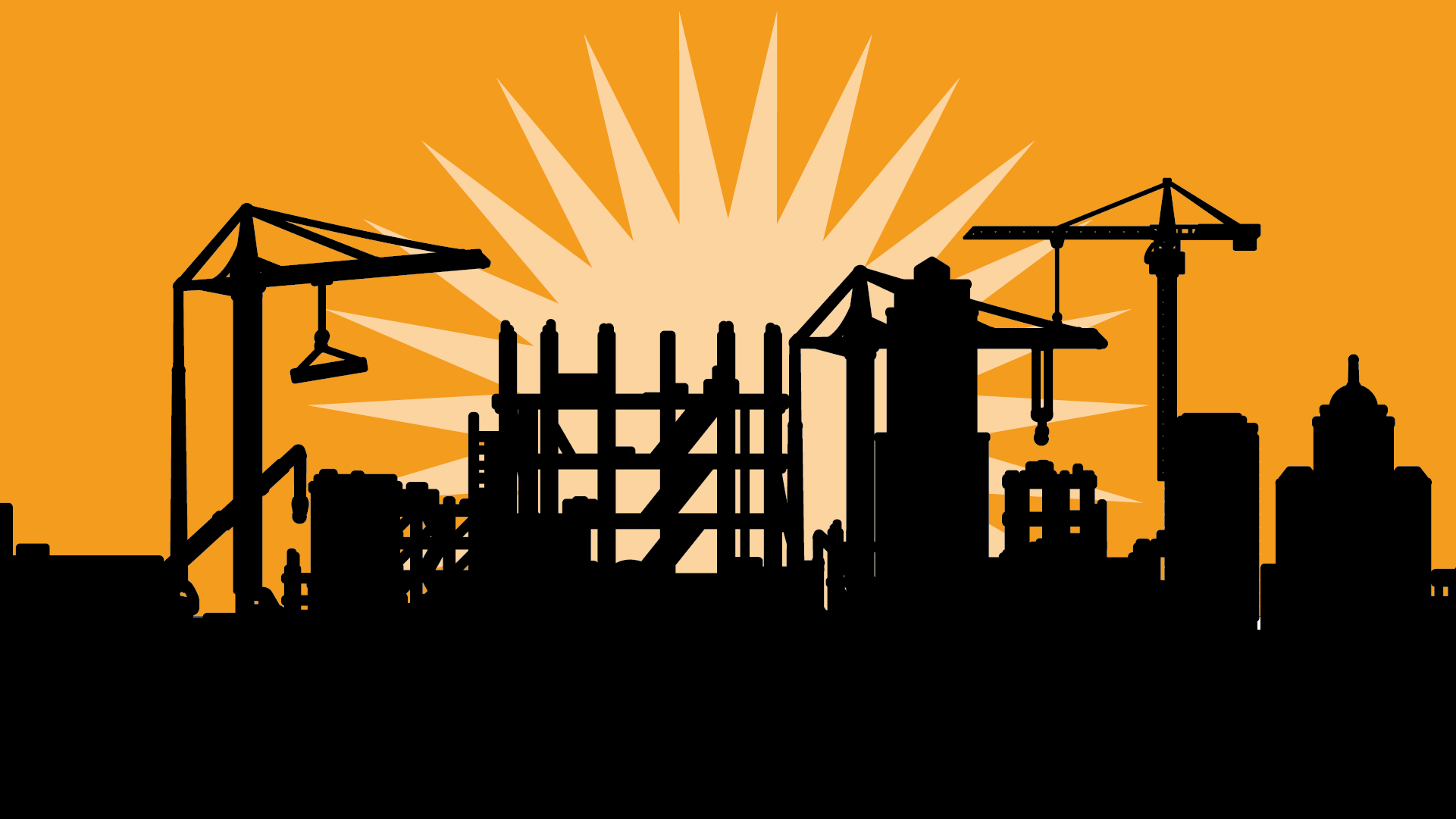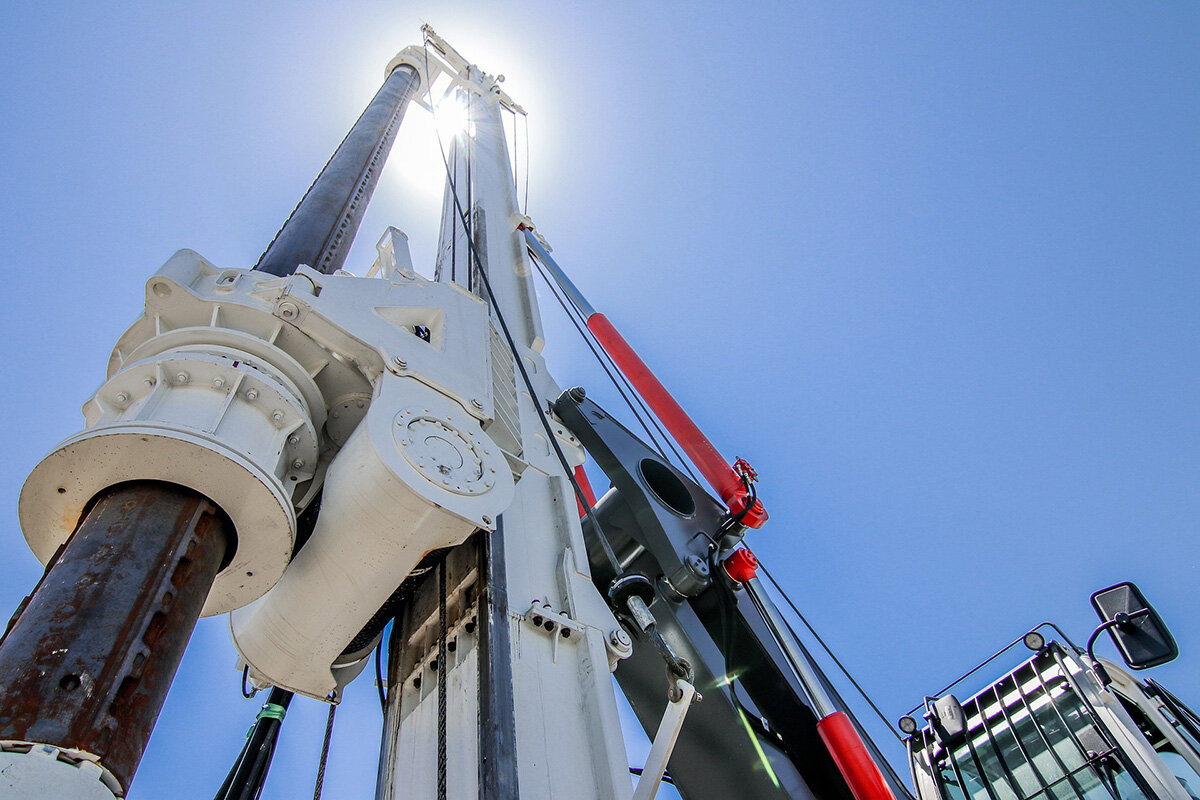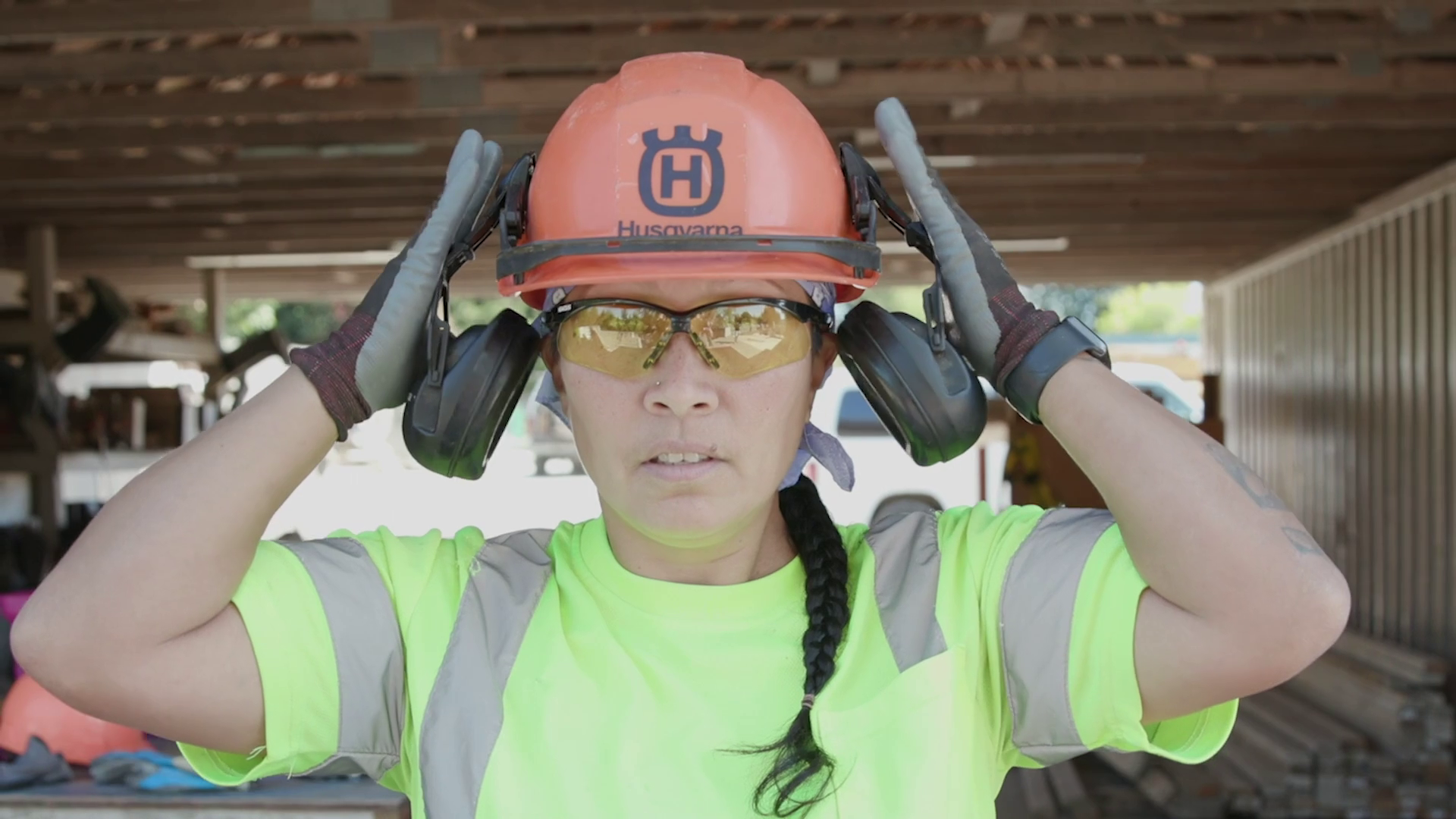
Toolbox Talks
Toolbox Talks safety briefings are an easy and efficient way to keep construction employees safe.
What are Toolbox Talks?
These brief meetings offer an opportunity for team members to learn about potential hazards and preventive measures, as well as a chance for the employer to review safety regulations. They are a great way to ensure that everyone is aware of the safety protocols that must be adhered to in order to prevent accidents and injuries on the job site.
Each toolbox talk has been reviewed and approved by a subject matter expert at L&I DOSH.
NEW! Search Toolbox Talks
Type a search term in the search box below to view English toolbox talks that match your search query. Or, use the category dropdown to view related talks.
Funding and support for the Toolbox Talks project and mobile apps has been provided by the State of Washington, Department of Labor & Industries, Safety & Health Investment Project.
Flagger Orientation
Date Posted: 09/13/2016
(MUTCD Signaling & Flaggers 296-155-305 Part E)
Flaggers are to be used only when other means are not adequate to control traffic. All workers are required to have a jobsite orientation. This requirement also applies to flaggers who are working on the jobsite and any workers who will perform flagger duties. Please use MUTCD for specific requirements.
Flagging at Night
Date Posted: 09/12/2016
Night work flaggers are faced with more challenging and dangerous situations than flaggers working during daylight hours. Nighttime drivers are more inattentive due to driver fatigue from the completion of the day. It is important for flaggers to remain alert and watch traffic approaching from both directions.
Gasoline Handling Safety
Date Posted: 09/12/2016
Gasoline can be used on job-sites for some tools and equipment. Improper handling of gasoline increases the workers risk for serious injuries and even fatalities.
Geothermal Wells
Date Posted: 09/12/2016
Geo Thermal Wells can be horizontal at 5-10 feet deep but most often they are vertically drilled 150-300 feet deep into the ground. The closed loop wells are filled with HDPE pipe carrying water that leverages the earth’s constant 55 degree temperature to reduce building heating and cooling demands. The majority of the mechanical system is essentially buried underground instead of a large cooling tower and chiller. The result is a very small mechanical room, minimal wiring, materials and safety hazards after installation.
Guardrails
Date Posted: 09/11/2016
Guardrails offer a level of protection that is above personal fall arrest. When installed properly, guardrails prevent falls from happening. (WAC 296-155-24615)
Hand Tools
Date Posted: 09/11/2016
Hand tools are used everyday in our line of work. If you’re a carpenter your tools include hammers, saws, framing squares, plumbs, etc. If you’re a concrete finisher you will have trowels, bull floats, a finishing broom, etc. The list goes on and on for each type of trade. All these tools help you accomplish your work.
Hand and Arm Vibration
Date Posted: 09/11/2016
Have you ever had a tingling sensation in your hands after operating a piece of equipment? That tingling is a very mild form of Vibration-induced White Finger (VWF) or Raynaud’s phenomenon.
Hantavirus Pulmonary Syndrome
Date Posted: 09/10/2016
Hantavirus Pulmonary Syndrome (HPS) is a severe, sometimes fatal, respiratory disease in humans caused by infection with a rodent infected with hantavirus. Rodent infestation remains the primary risk for hantavirus exposure. Healthy individuals can be at risk for HPS infection if exposed to the virus.
Hard Hat Safety
Date Posted: 09/10/2016
Hard hats are an essential part of head protection. The brain is the body’s command center; it offers the body a way to function and must be protected. Hard hats are a type of helmets worn in workplaces to protect the head from flying objects, collision impact, debris, and shock.
Hazardous Communication
Date Posted: 09/10/2016
The Hazard Communication Standard (HCS) is now aligned with the Globally Harmonized System of Classification and Labeling of Chemicals (GHS). This update will provide a common and clear approach to classifying chemicals and communicating hazard information:
Health and Safety Responsibilities
Date Posted: 09/09/2016
To provide and maintain a safe and healthy worksite, owners, contractors, employers, supervisors, and workers must accept and follow their own level of responsibility.
Hearing Protection
Date Posted: 09/09/2016
Construction workers are often exposed to on-the-job noise that can permanently damage hearing. When we are exposed to loud noises over long periods of time, we are at increased risk of losing our ability to hear.
Heat Exhaustion
Date Posted: 09/09/2016
Working in the heat and doing heavy physical work can affect the body’s cooling system. If your body is unable to cool itself, you can experience heat stress. If heat stress is not treated, it can develop into heat stroke, which can result in death.
Heat Stress
Date Posted: 09/08/2016
Washington State can be known for its extreme temperatures. The temperature can change 20 degrees from one day to the next. Excessive heat can contribute to accidents in many ways. It becomes more difficult to concentrate on the job and this can lead to errors in judgment. It is important to be aware of the danger signs. When wearing restrictive clothing, even lower temperature can be dangerous.
Housekeeping
Date Posted: 09/08/2016
Lack of proper housekeeping on the job is one safety hazard common to all construction projects. Good housekeeping is one item that can help improve not only the safety on the job, but also the morale and productivity of the workers.
How Long Does it Take to Fall?
Date Posted: 09/08/2016
Occupational health and safety regulations require workers to use a fall protection system:
Indoor Air Quality - Green Building
Date Posted: 09/07/2016
Green Building Indoor Air Quality Management helps ensure worker safety and reduces the risk of poor air quality to future users of the finished space. A common responsibility of a site safety coordinator.
Inspection of Fall Protection Equipment
Date Posted: 09/07/2016
It is vital to inspect your Personal Fall Arrest System (PFAS), Personal Fall Restraint System (PFRS), or Positioning Device System (PDS) in order to ensure that it is not defective.
Ladder Safety
Date Posted: 09/07/2016
Every year, many workers in Washington State are seriously injured from falling off ladders in their workplace. These injuries include dislocated limbs, broken bones, head injuries and even death from their injuries.
Download the FREE
Toolbox Talks App!
Discover, discuss, and document over 150 Toolbox Talks! The Toolbox Talks app makes it simple to find safety talks for both construction and marine industries in English, Spanish, and Russian. Find a talk to review, then document your safety briefing with a signature capture form that generates a PDF of the meeting details that you can email or save to your device.
Funding and support for the Toolbox Talks project and mobile apps has been provided by the State of Washington, Department of Labor & Industries, Safety & Health Investment Project.


























